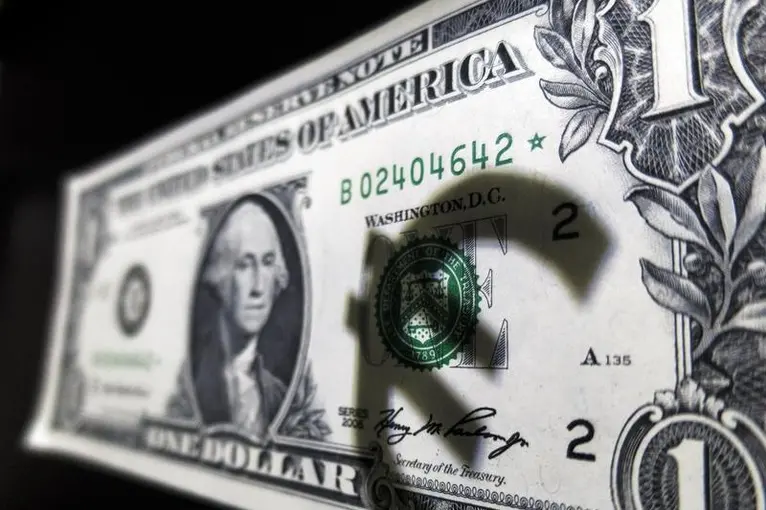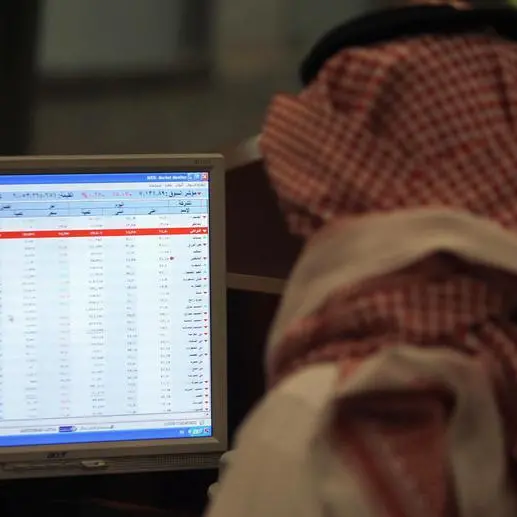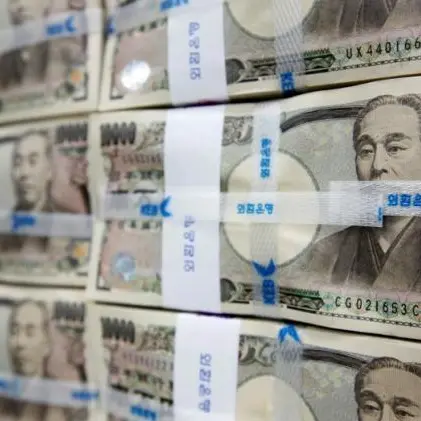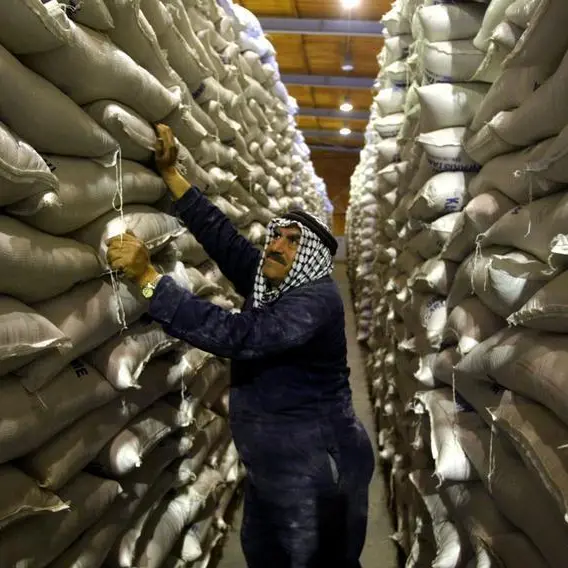PHOTO
The Napoleonic-era scholar Karl von Clausewitz defined war "as the continuation of politics by other means". Von Clausewitz's dictum also applies to trade wars and the American President flew into a G7 summit in Quebec facing pressure from even his closest allies and deeply isolated in international relations. Moreover, as Argentina's $50 billion IMF funding package and the failure of the Brazilian central bank's intervention demonstrates, the selling in emerging market currencies has not abated. The disappointment in Germany and French industrial production data suggests the economic momentum in the Old World is stalling. The German trade surplus also fell in April. These factors all ensured that the US dollar clawed back some of its losses against the euro, which was dramatically sold at its recent highs of 1.1840. This means the trading range for this week will be 1.1840 and the May 29 low of 1.1510 and the fundamentals suggest Planet Forex is itching for another spasm of short euro selling as there is no way the ECB can embrace quantitative tightening amid myriad data and political risks.
The euro's 340 pip rally above its 1.1510 recent low is now over and that the single currency will trade significantly lower in the next 6 weeks. Why? One, foreign exchange markets have finally cottoned on the fact that the Trump White House's trade war blitzkrieg is bearish for its consensus synchronised global growth scenario. This is far more negative for Europe and the emerging markets than the US. This also suggests a global safe-haven bid in the US dollar. Two, there is nothing stable about a coalition government in Rome dominated by a far-left Five Star Movement, whose leader Luigi Di Maio (the prime minister is a mere mouthpiece of Italy's power brokers) is on an open collision course with the EU over budgets, pensions, debt and his planned tax cuts. Both Di Maio and Matteo Salvini, leader of the far right Liga (a secessionist political party now morphed into anti-immigrant, anti-Euro populists) reject the Fiscal Compact between Rome and Brussels.
Three, if trade wars and the prospect of an Italian fiscal revolt was not awful enough, Germany, one-third of eurozone GDP and Europe's economic colossus, can no longer play the role of its growth locomotive. The miss on industrial production and the trade surplus shows that second- and third-quarter eurozone data will soften even as high oil prices cause an inflation uptick. Four, the euro is exhibiting exhaustion in its bullish momentum on the charts. I expect it to violate several key uptrend lines and the death cross has now happened. I believe the proximate target is the 1.1650 low witnessed on May 25.
The bid in the US dollar against emerging market currencies is unmistakable. The Turkish lira, Mexican peso and South African rand are all being slammed as I write. Not even the RBI's rate hike could prevent selling in the Indian rupee. My recommendation to short the MSCI emerging market index 7 weeks ago has been money making strategy. This is contagion, even if Wall Street ignores it.
Sterling's plunge from 1.43 to 1.32 was a swift, brutal vote of no-confidence by the currency gnomes on the monetary policy divergence between the Fed and the Bank of England as well as the toxic politics of Downing Street, Westminster and the Brexit negotiation process. Sterling can really not make a significant thrust to 1.36 as the Fed's FOMC hikes rates in June and September while the Bank of England remains on hold.
While Theresa May has survived yet another political mini-crisis, all is not hunky-dory in the British Cabinet or in its relations with EU Brexit negotiator Michel Barnier. Barnier has rejected the Tory government's Irish backstop proposal. If cable cannot manage a convincing close above 1.34, the rational strategy will be to continue to remain short the currency of the sceptered isle, as the primary bearish downtrend resumes with a vengeance. The UK services PMI data was positive but there is zero prospect for UK data to be strong enough to cause Governor Carney to hike the base rate before November. There is simply no wage growth inflation data to change the current monetary policy stance of the Old Lady of Threadneedle Street. As the divergent rate outlook of the US and UK widens, selling pressure could see sterling depreciate to 1.26 this summer.
The writer is a global equities strategist and fund manager. He can be contacted at mateinkhalid09@gmail.com.
Copyright © 2018 Khaleej Times. All Rights Reserved. Provided by SyndiGate Media Inc. (Syndigate.info).












